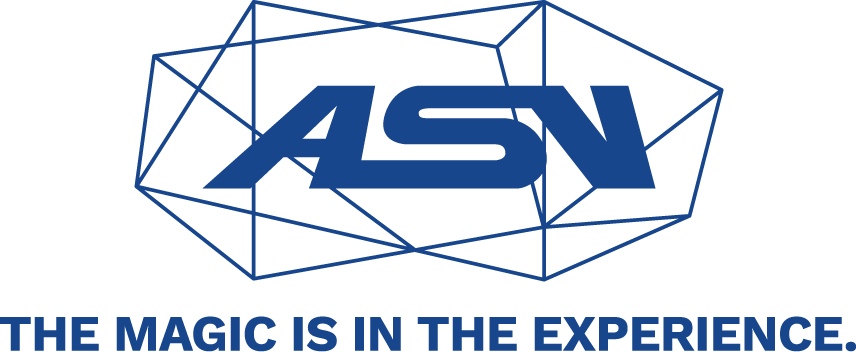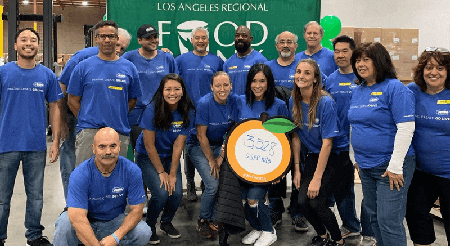The relationship between brands and their audiences is quickly evolving, thanks in no small part to the power of experiential marketing.
Experiential marketing enables audiences to taste, touch, or smell brands up close. No other marketing strategy is able to form that direct level of personal connection with its audience.
In an economy shaped by Millennials and younger generations, experience is king. This new normal means that brands can create memorable moments that reverberate in consumers’ minds and conversations long after the event.
When done well, experiential marketing gives brands control of their stories. By leveraging experiences, product displays, brand ambassadors, and more, marketers can shape narratives and outcomes like never before.
Sneak Peeks and Sensory Immersion
Considering the benefits of experiential marketing, it’s no surprise to see brands of all stripes engaging audiences in new ways. These engagements come in a host of creative forms.
Just look at the success of the pop-up industry, which accounts for more than $10 billion in sales. Pop-up shops allow for tightly controlled short-term market tests, an advantage many companies are beginning to leverage. For instance, when Brewery Ommegang wanted to preview its Nirvana IPA, it built a display that allowed customers to fill commemorative growlers with the beer one week before its official release.
Other brands use sponsored live experiences or other value-add activations, like the full-sensory Budweiser Beer Garage virtual brewery tour at South by Southwest in 2016. Companies like Bark & Co. and its RFID-enhanced BarkShop Live, meanwhile, are blending technology with experiences to provide real-time feedback and analysis.
These are only a few ways that brands can carve deeper connections with audiences via experiential marketing. Whatever the specifics of your brand activation, the common thread here is a richer engagement than those offered by traditional commercials, digital banners, or social content.
Enhance Your Experience
Experience doesn’t automatically spell success, though. As many have learned, experiential marketing success requires some subtle tactical shifts. Two key changes, in particular, are essential if you are stepping into this arena.
1. Expand the boundaries of your impact. As you plan your brand experience, the event — rightfully so — tends to take center stage. But brands must find ways to create an experience that begins before the event and extends long after it ends.
Many are tapping into the Instagram craze to do just that. The Museum of Ice Cream, a nostalgic Millennial playground, is a great case study for creating boundless experiences using the social tool. The museum’s Insta-worthy exhibits on candy and ice cream provide convenient backdrops for photos and selfies — and guests are eager to oblige.
The museum’s social savvy spurs a continuous dialogue that pulls guests in before their visit and keeps them connected indefinitely. Reach for that kind of resonance with your brand experience.
2. Adapt to your audiences. There is no such thing as a one-size-fits-all activation. Your audience isn’t identical to another brand’s, and you likely have audience segments that differ from one another. Smart marketers realize the need to identify their target audiences and ask the questions needed to customize experiences accordingly.
Do you plan to create an event that speaks to youth at a skate park? What about one for tech-savvy young professionals or working parents? The best way to build an event that appeals to these distinct audiences is, of course, to ask them what they’d like to experience. You don’t want to neglect the important work of market research only to discover that you’ve built an experience your audience doesn’t want.
With some careful planning, there are ways to build in multiple activations to meet your different audiences. But you’ll never get there without first knowing who they are and what they want.
Ultimately, the why and how of your experiential marketing will be specific to your brand, products, and target demographics. The experiential trend is here to stay, though, and it will continue to be an invaluable tool for marketers for years to come. What will your next brand experience look like?








